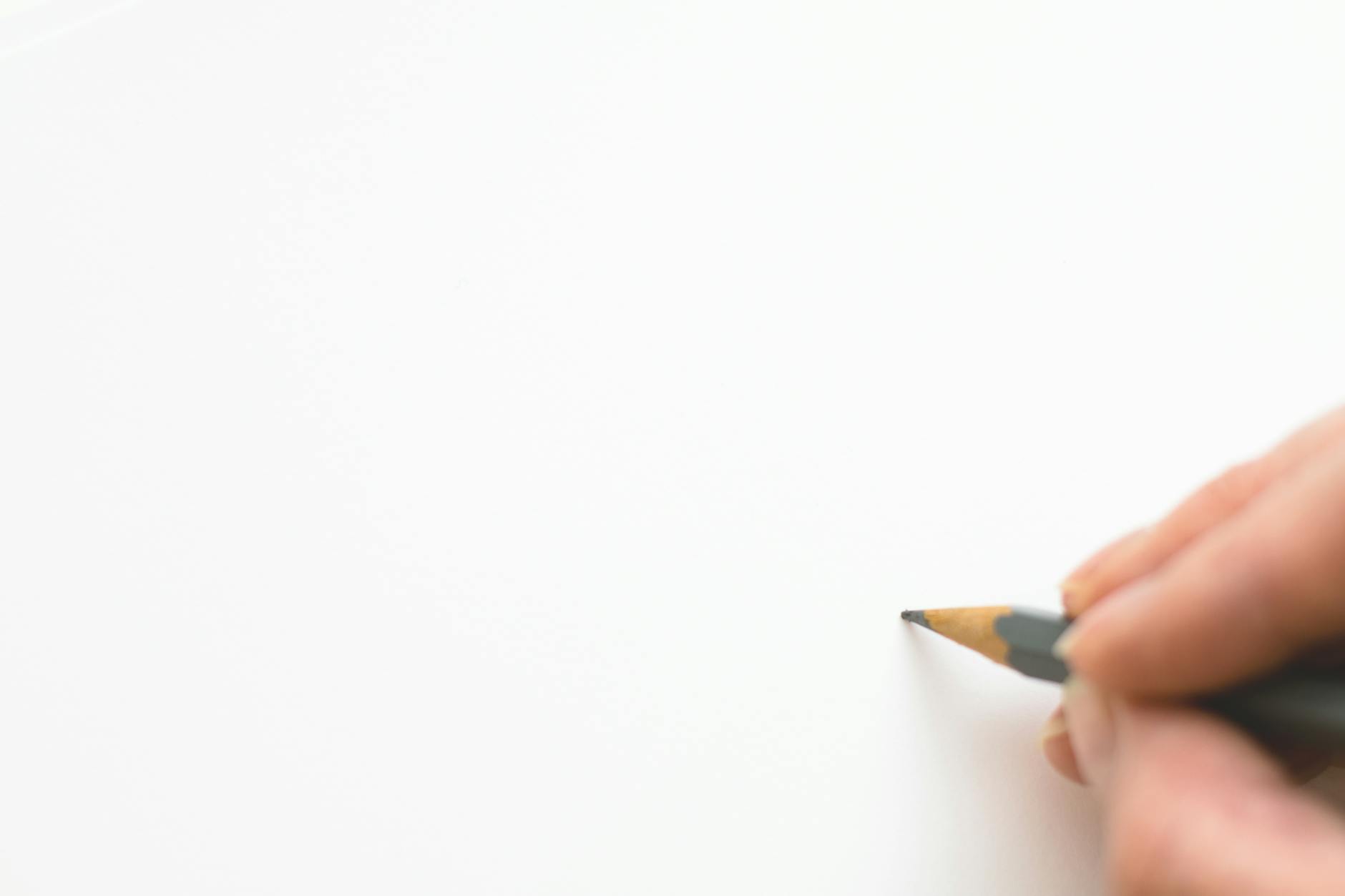Are you new to embroidery? If that is so, you'll need to learn the basic stitches. These basic stitches include the Backstitch, the Satin stitch, and the Split stitch. But this time, we will focus on back stitches. So, it's time to put those creative hands to work and let's learn how to sew a backstitch.
Basics In Embroidery : How To Sew A Backstitch
Learn the Basic Backstitch to Get a Good Start in Embroidery
Before getting started in doing embroidery, we need to learn the basic backstitch. What is backstitch? It is one of the most basic stitches that is very useful especially for outlining in embroidery and sewing. It is also very simple to do, as you can see below in the video tutorial of Lauren Fairweather that shows you the steps on how to sew a backstitch. Now, let's prepare our materials and check here.
Here are the things you'll need:
- Crewel needle
- Embroidery fabric
- Embroidery floss
- Scissors
Instructions:
Step 1. Draw a straight line

To make stitching a straight line easier, drew a guideline in disappearing ink. Thread a needle with embroidery floss and tie a big knot at the end to keep your stitches from coming undone.
Step 2. Push the needle from the back
Push your needle up from the back of your fabric at the beginning of the line you want to draw, then back down one stitch length along the line (you can make your stitch lengths as long or as short as you’d like).
Step 3. Stitch one length away from the first stitch
Then, go back into the end of your previous stitch so you can the stitches as close together as possible and not leave gaps between them. So, push your needle up from the back of the fabric, one stitch length away from your first stitch (use the length of the stitch as a guide for how far it should be). Then, back through the fabric from above, exactly where the first stitch ended (you can even use the same hole if you want to).
Step 4. Repeat the same pattern until you finish
Do the third step again. Repeat that pattern for as long as you’d like until you have a lovely, solid line of stitching.
Step 5. Draw a cursive letter “L”
To show you a backstitch other than a straight line, draw a cursive line with your disappearing ink so you'll have a guide to follow.
Step 6. Repeat the pattern from your first stitch
Make the first stitch right at the start of the line. Then repeat the pattern you followed earlier, pushing your needle up from the back, one stitch length away, and back into the previous stitch to make your solid line.
Step 7. Stitching the curve line
When you reach the curve line, work on a smaller scale so your line is a bit more detailed.
Tip: When drawing a curve line, shorten your stitch length. If you go so far, or your stitch line is too long, your curve might look like an octagon instead of a circle for example.
Step 8. Continue stitching until you finish
Continue stitching all the way until your design comes out looking so pretty and done. Viola! Now that you know the back stitch, you can make something lovely and even connect it to other letters to spell out words or names you'd like to.
You can watch her full video tutorial here for more details:
You see, it is very basic and simple. Now that you can start your embroidery, choose a design where you can have your practice first. Play with colors and designs, and be creative. You can also make one as a gift to a special person. Just have fun and it will make your every project exciting.
Want to learn what supplies you'll need? Click here.